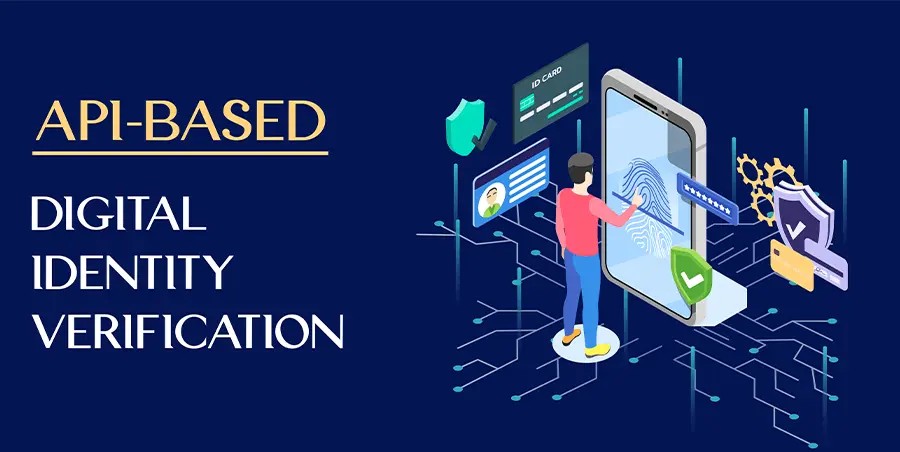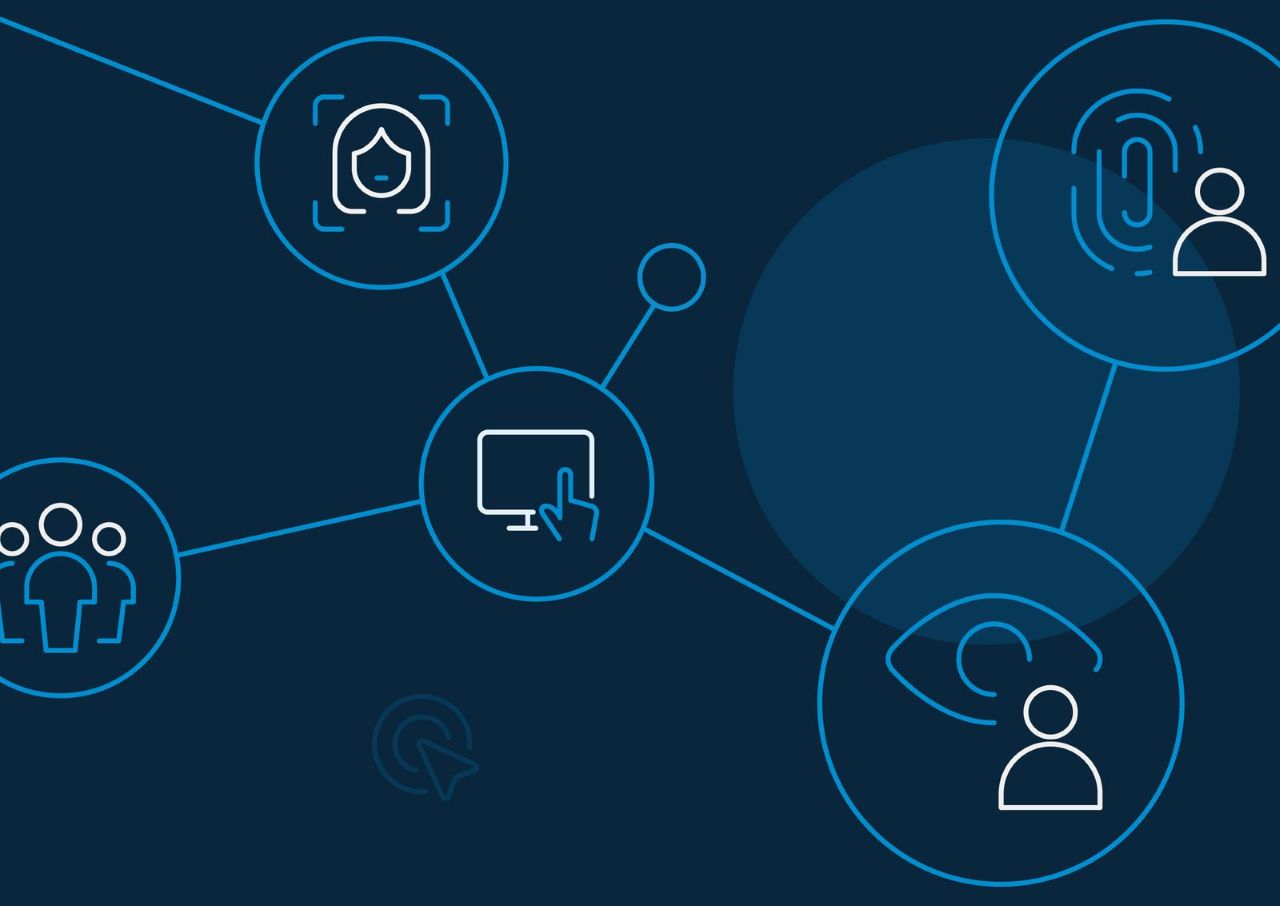Introduction
As our lives become increasingly digitized, verifying who we are—and doing so securely—has never been more important. Whether accessing financial services, onboarding to a new platform, or crossing digital borders, digital identity verification has become the cornerstone of online trust.
In 2025, the industry is undergoing a major transformation fuelled by emerging technologies such as artificial intelligence, blockchain, and biometrics. These innovations are driving a shift from static, centralized models to dynamic, decentralized, and user-centric identity ecosystems. Businesses across sectors must adapt quickly to stay secure, compliant, and user-friendly in a fast-changing regulatory and threat landscape.
This article explores the key technology trends shaping the future of the digital identity and verification solutions industry—and what organizations need to do to stay ahead.
1. Decentralized Identity (DID) and Self-Sovereign Identity (SSI)
The move away from centralized identity databases is gaining traction. In 2025, self-sovereign identity solutions will allow users to own and control their personal data using blockchain and cryptographic keys.
Users grant access to verified credentials on demand
Eliminates reliance on third-party data silos
Reduces risk of massive data breaches
Technologies like Microsoft Entra, Sovrin, and Hyperledger Indy are already laying the groundwork for widespread decentralized ID systems.
2. AI-Powered Identity Verification
Artificial Intelligence and Machine Learning are enhancing identity verification by automating:
Facial recognition and liveness detection
Document verification using OCR and pattern matching
Behavorial biometrics (e.g., typing speed, mouse movement)
AI reduces human error, speeds up verification, and improves fraud detection—especially in high-risk sectors like fintech, insurance, and healthcare.

3. Biometric Advancements for Seamless Authentication
In 2025, biometrics will go beyond fingerprints and facial scans. Expect to see:
Voice, iris, and gait recognition
Multimodal biometrics combining two or more methods
Continuous authentication using passive signals throughout a session
These methods make digital access more secure without sacrificing user convenience.

4. Zero-Knowledge Proofs (ZKPs) for Privacy-Preserving Identity
One of the most exciting developments in identity tech is Zero-Knowledge Proofs, which allow someone to prove their identity or age without revealing sensitive data.
Example: Prove you're over 18 without sharing your date of birth.
This is a game-changer for privacy-first applications in online voting, financial services, and even metaverse access control.
5. Identity as a Service (IDaaS)
Organizations are increasingly outsourcing identity management to scalable cloud platforms. IDaaS providers offer:
Single sign-on (SSO)
Multi-factor authentication (MFA)
User provisioning and lifecycle management
Real-time threat monitoring
This model reduces infrastructure costs, speeds up deployment, and ensures compliance with evolving data protection laws.

6. Blockchain for Trust and Interoperability
Blockchain isn’t just for crypto—it’s powering verifiable credentials and tamper-proof audit trails. In 2025, expect blockchain-backed identity systems that:
Enable cross-border trust for global transactions
Support e-passports, digital diplomas, and health records
Simplify identity verification across platforms and ecosystems
Blockchain brings transparency, trust, and decentralization to identity infrastructure.
7. Integration with IoT and Smart Devices
As smart devices become ubiquitous, identity verification will be embedded in:
Smart homes (controlling who can enter or access systems)
Connected cars (driver authentication)
Wearables for healthcare and secure access
IT systems must evolve to support identity flows across devices—seamlessly and securely.

8. Regulatory-Driven Innovation
With rising global standards like GDPR, eIDAS, DPIA, and India's Digital Personal Data Protection Act, regulatory compliance is shaping how digital identity is built.
In 2025, expect tech solutions that:
Provide audit trails and real-time monitoring
Include consent management dashboards
Enable fine-grained access controls for users
Conclusion: The Future of Digital Identity is Smarter, Safer, and More User-Centric
The digital identity and verification space is evolving at an unprecedented pace. In 2025, privacy, security, and user control are no longer optional—they're expected. Technologies like decentralized identities, AI-powered verification, and zero-knowledge proofs are not just trends—they represent a fundamental rethinking of how identity should work in a connected world.
For businesses, this transformation offers both a challenge and an opportunity: the challenge to meet new security standards and user expectations, and the opportunity to build trust-driven digital experiences that scale globally.
